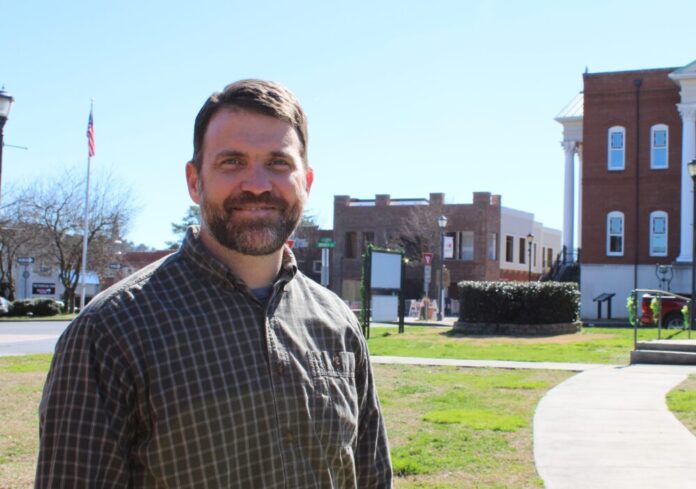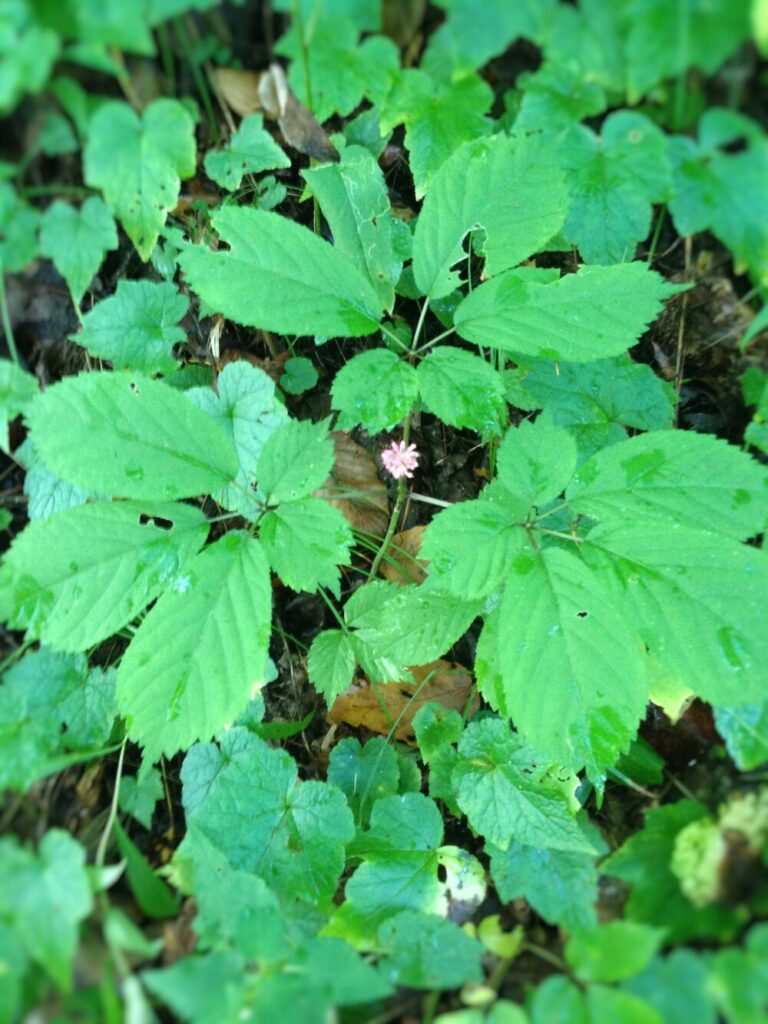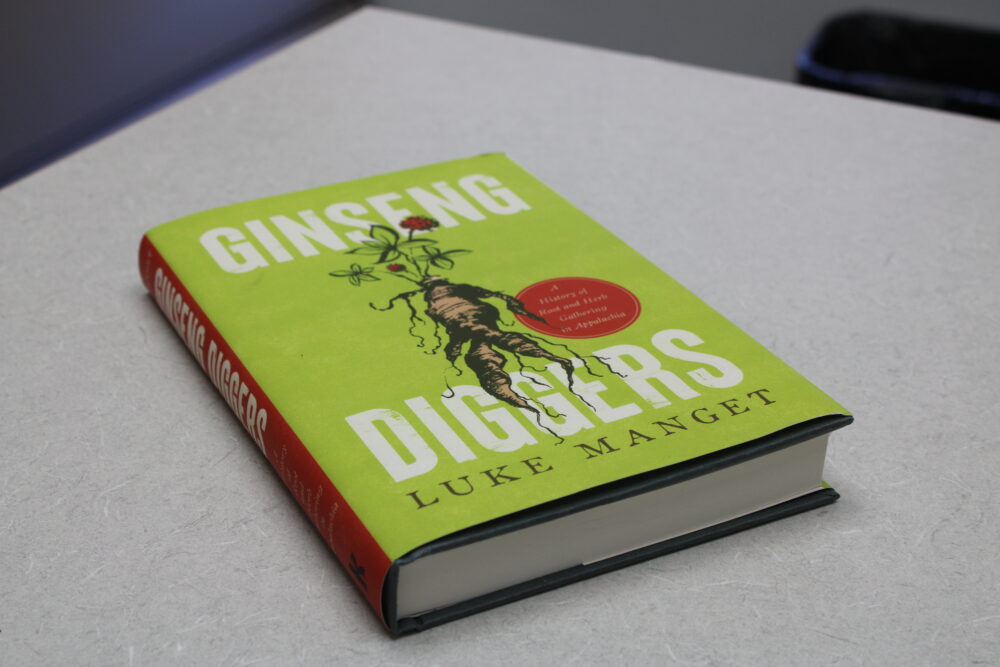
Historian Luke Manget’s eureka moment came as he thumbed through the pages of a dusty 1870s business ledger from an old general store in Wilkesboro, North Carolina. The book had not been opened in a century, and the handwritten entries were difficult to decipher.
But, after hitting dead ends in newspaper archives, he found exactly what had been eluding him: long lists of wild ginseng purchases from root diggers like his great-great-grandfather, and subsequent sales to pharmaceutical companies.
As a child, Manget would visit the family homestead in the mountains of Eastern Kentucky and listen to stories his grandmother shared about her grandfather digging ginseng. She gave him what he recalls as his first “real connection to what felt like a distant past.”
That early exposure catapulted Manget, who now teaches history at Dalton State College in Georgia, into a 10-year exploration that led him to write his first book, “Ginseng Diggers: A History of Root and Herb Gathering in Appalachia,” which was published March 8.
Ginseng is used as an energy supplement in herbal medicine, believed by some to be an aphrodisiac. It grows wild in the Appalachian region in the Eastern U.S. and was a key commodity that opened international trade with China in the 19th Century, Manget said.

“Hunting ginseng in the archives”
Manget taught high school history in Murphy, North Carolina, after graduating from Georgia Tech. He found himself spending his summers researching and writing, which prompted him to pursue a master’s degree at Western Carolina University.
There, he focused on Appalachian history and zeroed in on ginseng. His thesis adviser, Richard Starnes, now the school’s provost and vice chancellor for academic affairs, read Manget’s first ginseng paper and encouraged him to publish it.
“He did great research, and I said, ‘This has really got some promise,’ and the rest is history, no pun intended,” Starnes said.
While at the University of Georgia for his doctorate, with Appalachian historian John Inscoe as his mentor, Manget wrote his dissertation on the history of Appalachian ginseng, learning quickly just how limited the research was on the topic.
“I didn’t know if I was going to be able to go through with it because I just didn’t have enough sources,” Manget said.
But he knew general stores were the trading posts for mountain towns, so he began a search for their ledgers from the late 1800s. He struck gold first with the books of Wilkesboro merchant Calvin J. Cowles. From that discovery, Manget tracked down records for 34 stores, kept by archives and historical societies in North Carolina, Kentucky, Tennessee, West Virginia and Delaware.
“I found a bunch of stuff on not only ginseng, but mayapple, bloodroot, wild ginger and all these other plants that were being traded,” Manget said. “I felt like I was hunting ginseng in the archives.”
Manget said newspaper stories in the 1800s, for the most part, were “just incredibly sensationalized and stereotyped, depicting ginseng diggers as the most backward of all people in the mountains.”
But Starnes said Manget’s research portrays Appalachia in a more accurate light because he was able to show how important the ginseng diggers were back then for international trade.
“He takes largely a stereotype – the image of the Appalachian, who had a subsistence way, digging ginseng, living from the land, and he places them in a larger commercial context,” Starnes said.

Tragedy of the commons
Manget’s research expands upon how the commons economy functioned from the 1860s to the 1910s. The commons was the forest land once shared by hunters, herb gatherers and root diggers alike. Sharing resources allowed individuals to profit from the land by working independently with a social understanding of common land.
“There was this general commitment to the idea that plants were property of the harvester, rather than the landowner,” Manget said.
Kathryn Newfont, a professor at the University of Kentucky, specializes in the study of the Appalachian commons. She called Manget and herself “an Appalachian forest commons club of two,” because not many others had done extensive research on the topic.
Newfont said Manget has expanded knowledge on the Appalachian economy because he detailed “some of the ways that the 19th century forest common systems worked – ginseng digging and herb gathering were huge, important economic enterprises.”
After wild ginseng became known as a profitable root, outsiders flocked to the area and took advantage of the lack of legal regulations, devastating the herb and root populations.
“It’s the classic tragedy of the commons idea: That the commons resources are destined to collapse because people will automatically take more than their share because there’s no incentive to conserve,” he said.
Nowadays, regulations limit ginseng digging so the plant population can be maintained because “there’s no longer this assumed common right,” Manget said.
While he’s done with researching the ginseng trade, Manget has more work to do writing about Appalachian history.
“The history of the American commons needs to be written,” he said. “I don’t think it’s been fully fleshed out yet.”
For more from Fresh Take Georgia and the latest updates, follow us on Facebook and Twitter.
















